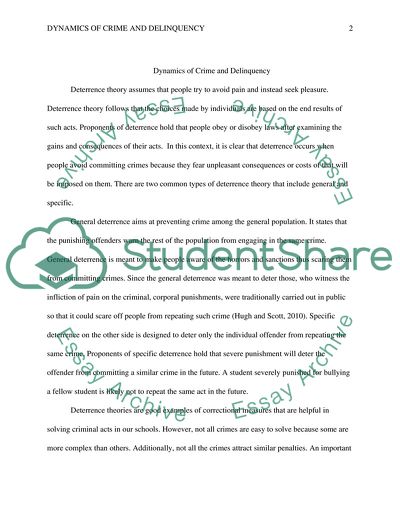Cite this document
(“Dynamics Of Crime And Delinquency Research Paper”, n.d.)
Dynamics Of Crime And Delinquency Research Paper. Retrieved from https://studentshare.org/philosophy/1856515-classical-theory
Dynamics Of Crime And Delinquency Research Paper. Retrieved from https://studentshare.org/philosophy/1856515-classical-theory
(Dynamics Of Crime And Delinquency Research Paper)
Dynamics Of Crime And Delinquency Research Paper. https://studentshare.org/philosophy/1856515-classical-theory.
Dynamics Of Crime And Delinquency Research Paper. https://studentshare.org/philosophy/1856515-classical-theory.
“Dynamics Of Crime And Delinquency Research Paper”, n.d. https://studentshare.org/philosophy/1856515-classical-theory.


